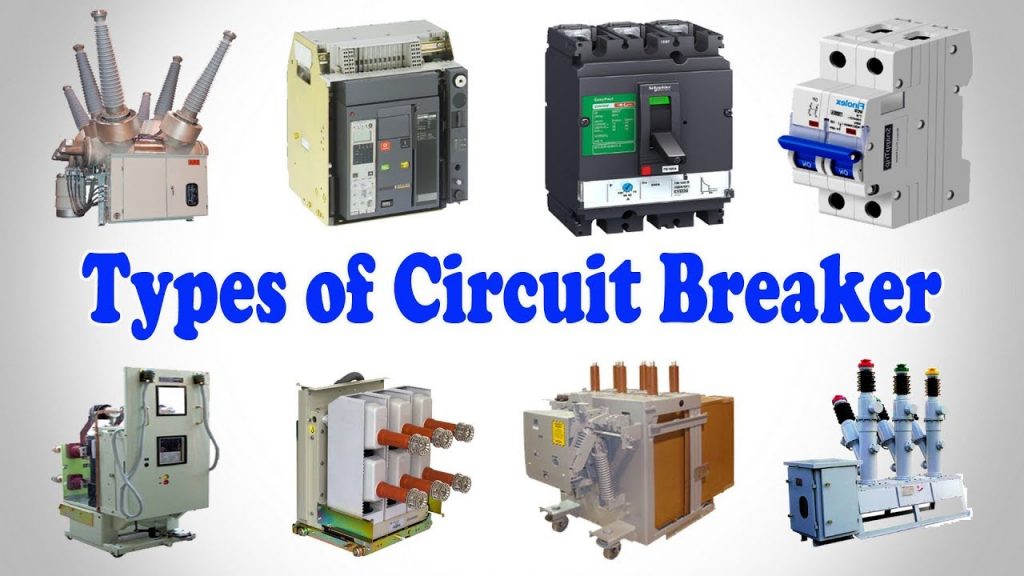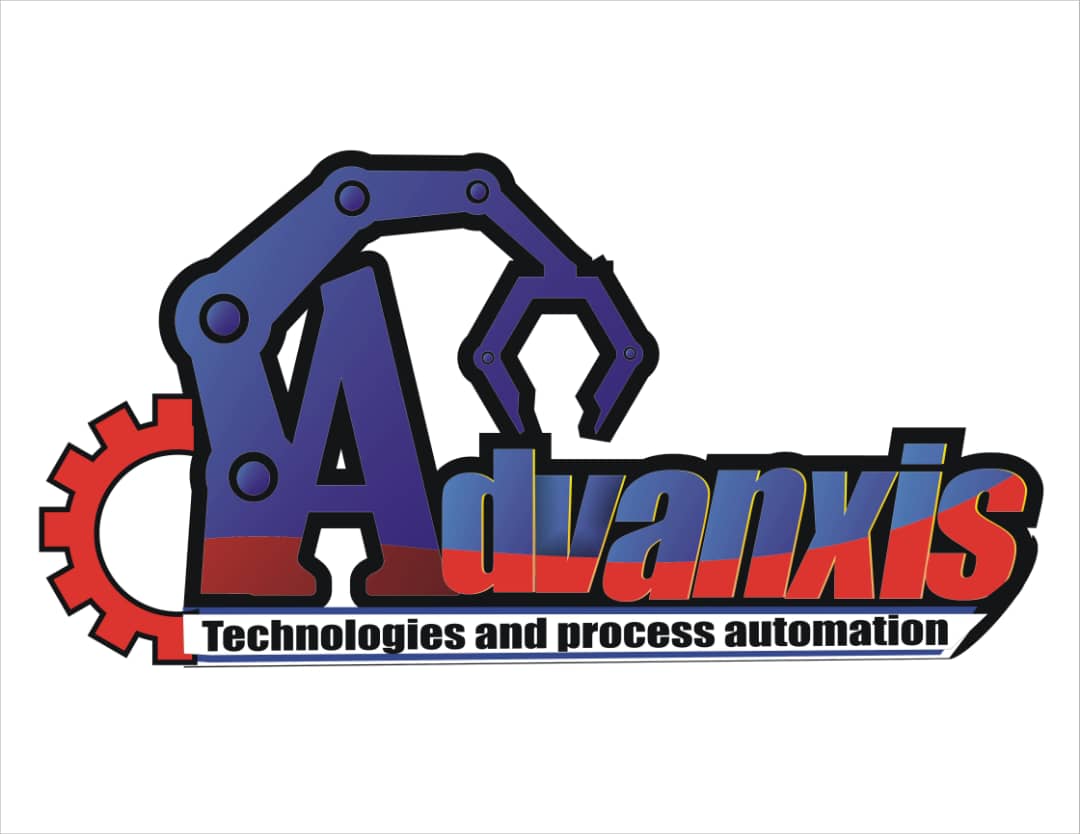Course Description

This program is designed to update participants with the latest development of Circuit Breakers and to present some of the more common and updated aspects of low, medium and high voltage switchgear maintenance. It must be understood that there is an incredible variety of equipment used on low, medium and high voltage switchgear today.
Switchgears play an important role in the distribution and control of electrical power in manufacturing or power plant and in a utility distribution system. Negligent maintenance practices can lead to power system inefficiency and loss of system reliability.
Course Objectives
This course is designed to enable participants to:
- List the voltage convention classifications used in this course.
- Describe switchgear construction.
- Describe a ground fault relay system.
- Describe the three basic types of low and medium voltage circuit breaker contacts.
- Describe the molded case circuit breaker.
Course Outlines
General Introduction
- Electrical engineering basic concepts
- Three phase review and per unit
- Voltage levels
- One line and three line diagram
- Generation system layout
- Transmission system layout
- Substation system layout
- Distribution system layout
Industrial Switchgears
- Fuses
- Auto-reclosers
- Automatic sectionalizer
- Circuit Breakers
- Isolator switches
- Load switches
- Relays
- Current transformers
- Voltage transformers
CB Design Specification Based on Short Circuit Current Level
- Per unit system
- Faults on power systems
- Transient phenomena in power system.
- Symmetrical component analysis of three phase network
- Network connection for various fault types
- Current and voltage distribution in system due to a fault
- Effect of system on zero sequence quantities
- Computer programs based short circuit calculation.
CB Design Specification Based on Arc Phenomena and Circuit Interruption
- Arc phenomena
- Maintenance of the Arc
- Properties of Arc
- Arc Interruption theory
- Circuit Breaker Rating
- Circuit constants and circuit conditions
- Conditions of severity
- Restriking voltage transient
- Class A ultra fast transients
- Class B system transients
- Class C low transients
- Transmission line transient
- Switching transients
- Duties of Switchgear
LV Circuit Breakers
- Low voltage molded case current limiting circuit breakers
- Low voltage molded case circuit breakers with high breaking capacity
- Insulated case circuit breakers
- Low voltage air circuit breakers
- Low voltage circuit breakers specification
Modern MV and HV Vacuum CB
- Introduction
- Advantages of vacuum interruption
- Vacuum contactors and interrupters
- The vacuum medium
- The vacuum arc
- Vacuum arc stability
- Vacuum break down
- Vacuum switch construction
- Applications of vacuum circuit breakers
Modern MV and HV SF6 CB Introduction
- Basic Features of SF6 Breakers
- Dielectric properties of SF6
- Quenching properties of SF6
- Construction of SF6 breaker
- SF6 CB types
- Puffer type SF6 breakers
- Double Pressure System
- Single Pressure Puffer-Piston System
- Single Pressure Self Blast System
- Improvement in SF6 Breakers for HV
Other Type of Circuit Breakers
Air Circuit Breakers
- Method of increasing arc resistance
- Plan break type
- Magnetic blow out type
- Arc splitter type
- Application
- Construction and operation
- Axial air CB
- Blast air CB
Oil Circuit Breakers
- Arc rupture under oil
- Advantages of oil
- Disadvantages of oil
- Plan break oil circuit breakers
- Arc control circuit oil breakers
- Minimum oil circuit breakers
- Construction and operation
Dc Circuit Breakers
- Construction
- Methods of interruption
- Application
Circuit Breaker Inspection, Maintenance and Services
- Inspection
- General inspection technical procedure
- Daily inspection of circuit breakers
- Monthly inspection of circuit breakers
- Annual inspection of circuit breakers
- Disassembly
- Cleaning
- Tightening
- Lubrication
- Equipments used in testing
- Testing procedure
- Direct testing
- Contact resistance test.
- Insulation resistance test
- Test report
- Indirect testing
- One hour Video, HV CB Maintenance and Repair)
Circuit Breakers Control, Protection and Testing
- Switchgears control devices and wiring
- Switchgears protection devices and wiring
- Testing Classification
- Testing laboratories
- Description of a simple testing station
CB Troubleshooting
- Low insulation Resistance (below 2000 Mega-ohms) between a) Phase terminal and earthed frame, with breaker closed b) Phase terminals of a pole.
- Resistance between Termi¬nals of Pole too high (above 100 microhms) (15 micro-ohm per joint) contact
- Unequal contact Wipe and Travel in 3-pole Measured from top surface of inter¬rupter flange and the contact lip by a simple rod with a) breaker open and b) breaker closed
- One of the pole docs not close.
- Breaker operation too Slow During opening timing from trip command to contact separation instant too large (60 ms instead of say 40 ms)
